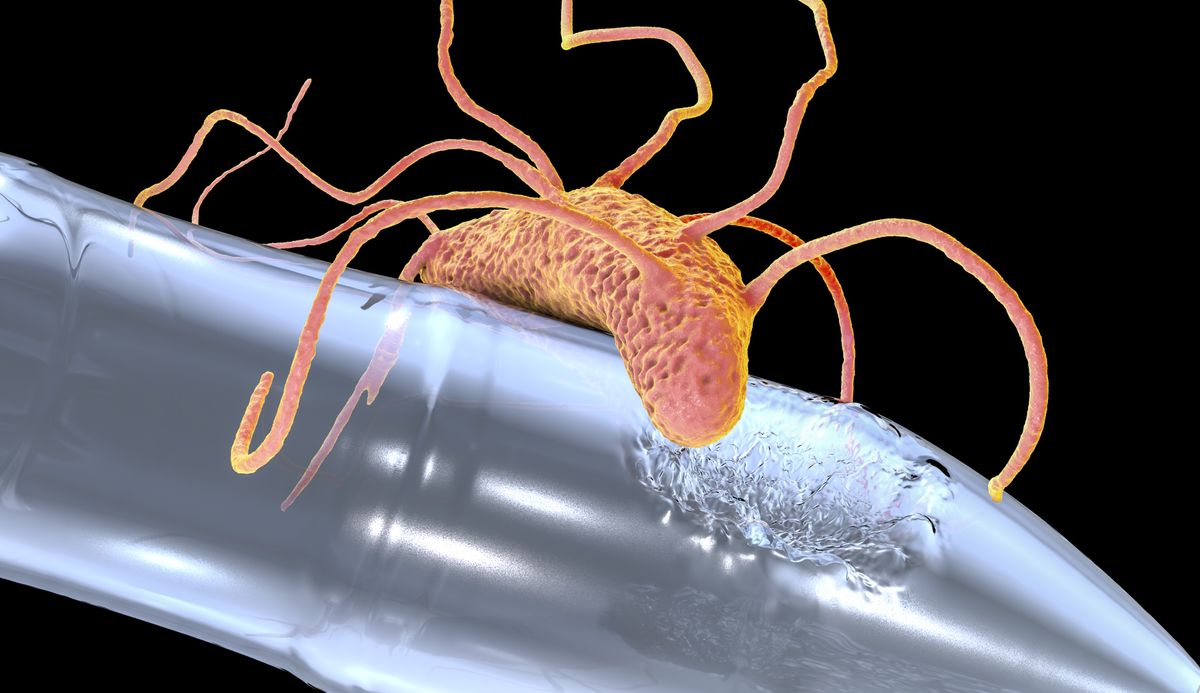Researchers have long known that the Comamonadaceae, a common family of wastewater bacteria, can grow on the plastics present in metropolitan rivers and wastewater systems. However, until now, nothing was known about what these microorganisms do with the plastic. A pioneering study led by Northwestern University has revealed the processes by which specific Comamonas bacteria degrade plastic and use it as a food source.
Comamonas: Their Role in Plastic Breakdown
Comamonas bacteria, specifically a type known as C. testosterone, found breaking down plastic in wastewater. The finding demonstrates how these bacteria first eat plastic into tiny fragments known as nanoplastics, before secreting a specialized enzyme that further degrades the substance. Surprisingly, the bacteria may use the plastic’s carbon atoms as a source of food, presenting a fresh perspective in the fight against environmental plastic pollution.
A New Frontier for Plastic Waste Management
This study could open the way for bacteria-based remedies to combat the growing issue of plastic waste. Plastic pollution, particularly in water sources, has long been difficult to solve, but the bacteria’s capacity to break down plastic at the molecular level may provide an efficient, environmentally acceptable alternative.
According to the research team, this discovery proves for the first time that wastewater bacteria can completely decompose plastic and use it as a carbon source. The potential for optimizing and utilizing this skill could transform how plastic trash is managed.
According to Ludmilla Aristilde, an environmental engineering expert at Northwestern University and the study’s primary researcher, “It is incredible that this bacterium can perform that entire process, and we identified a key enzyme responsible for breaking down the plastic materials.” This might enhance and use to help eliminate plastics in the environment.”
The Environmental Challenge of Plastic Pollution
Plastic pollution is one of today’s most important environmental issues, with plastics collecting in rivers, oceans, and other ecosystems, poisoning water supplies and threatening wildlife. This is especially true for polyethylene terephthalate (PET), a plastic widely used in food packaging and beverage bottles. PET is slow to disintegrate, hence it contributes significantly to global plastic trash.
In prior research, Aristilde and her colleagues investigated how C. testosteroni metabolizes carbon molecules originating from decomposing plants and plastic. Their latest work delves deeper into this bacterium’s interactions with PET, shedding light on its ability to degrade the plastic into bioavailable compounds.
PET Plastics and Microplastic Pollution
PET polymers account for 12% of total plastic use and up to 50% of microplastics found in wastewater. Microplastics—tiny plastic particles smaller than five millimeters in size—are a major environmental concern because they quickly get through water treatment systems and wind up in rivers, lakes, and seas. These microplastics eventually fragment into nanoplastics, which are so small that they can enter cellular membranes, endangering aquatic life and possibly humans.
Uncovering Bacterial Mechanisms
To better understand how C. testosteroni interacts with PET polymers, the researchers undertook a series of tests. First, scientists isolated the bacterium from wastewater samples and let it grow on PET films and pellets. They used advanced microscope capabilities to monitor how the plastic’s surface altered as the bacterium began to break down it.
As the bacteria devoured the PET, researchers discovered that microplastics fractured into even smaller nanoplastics. The bacterium’s capacity to degrade plastic all the way to monomers—small chemical units that serve as the building blocks of polymers such as PET—was very impressive. Once broken down into these monomers, the plastic becomes an accessible carbon source that bacteria can exploit for growth and energy.
Key Enzyme Responsible For Plastic Degradation
Aristilde’s team identified a specific enzyme responsible for breaking down PET plastic using a variety of omics techniques. This enzyme was exclusively expressed when the bacteria were exposed to PET plastics, indicating that it plays an important part in the degradation process.
To investigate this further, the researchers collaborated with scientists at Oak Ridge National Laboratory in Tennessee, who created bacterial cells that were unable to express this enzyme. Without the enzyme, the bacteria’s capacity to digest plastic was either destroyed or considerably diminished, demonstrating the enzyme’s critical role in the process.
A Step Toward Bacteria-Based Plastic Cleanup Solutions
This research may lead to practical, bacteria-based remedies to plastic pollution. Bacteria like C. testosteroni may break down plastics in wastewater and perhaps in other settings, making them a promising natural tool for degrading difficult-to-remove polymers. Further research could help these microbes digest plastics even more efficiently, potentially on an industrial scale.
Aristilde believes that this discovery has important implications for waste management and environmental protection: “We demonstrated for the first time that a wastewater bacteria can take a starting plastic material, deteriorate it, fragment it, break it down, and use it as a source of carbon.”
The Evolution of Plastics in Wastewater
Another key discovery from this study is that wastewater bacteria have a role in the formation of nanoplastics during wastewater treatment. Most people believe that nanoplastics enter wastewater treatment plants in their existing minuscule form. However, the study found that nanoplastics can arise as a result of microbial activity during treatment.
According to Aristilde, “Wastewater is a vast reservoir of microplastics and nanoplastics. Most people believe that nanoplastics enter wastewater treatment plants as nanoplastics. However, we demonstrate that nanoplastics can generated during wastewater treatment via microbial activity. That is something we must consider as our society attempts to understand the behavior of plastics as they go from wastewater to rivers and lakes.
Conclusion:
This wastewater bacteria discovery comes at a critical time when the world is grappling with unprecedented levels of plastic pollution. The ability to break down plastics into their basic molecular components is a game-changing advancement that could help reduce the environmental impact of plastic waste. While more research required to scale these findings into real-world solutions, the potential applications for environmental cleanup are immense.

